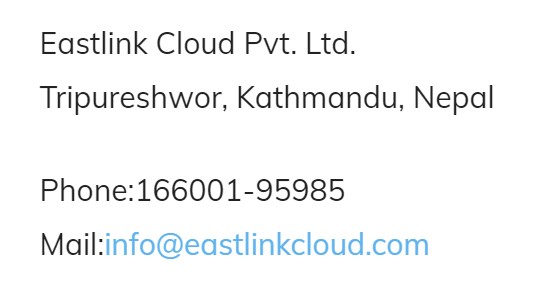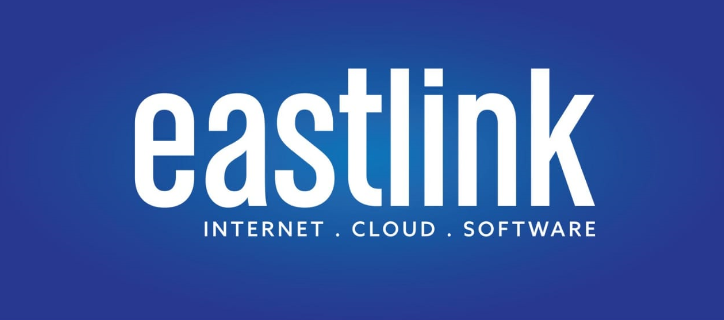Cyber attacks are on the rise across the world. In fact, the number of attacks have grown exponentially during the COVID crisis. Additionally, cyber attacks aren’t confined to websites owned by large corporations that spend millions on web security. Small businesses are attacked too, and unsecure websites don’t last very long. Additionally, people avoid shopping on unsecure websites, and what’s more, search engines will lower your ratings, push your website down in search results, and may even blacklist your website.
There are different ways in which hackers attack a website. DDoS (Distributed Denial of Service), phishing, SQL injections, MitM (Man in the Middle) attacks, and SEO spam attacks (also called Negative SEO attacks) are some of the most common ways in which a website is targeted.
In this article, we’ll be taking a detailed look at what spam attacks are and how to prevent them.
What are SEO spam attacks?
An SEO spam attack is where a hacker injects malicious links to various pages on your website or creates new pages on your website which have spam content on them. Additionally, a hacker will leave redirects on your pages that lead to malicious websites.
So, when a viewer clicks on one of the malicious redirect links, they are taken to a completely different website that may be infected with malware. Sometimes, these websites also indulge in phishing. Cybercriminals also use bots extensively to leave spam comments on your website.
SEO spam attacks usually happen because someone with malicious intent is trying to increase traffic to their website. They are piggybacking on your audience to do that. In essence, it’s a type of traffic theft.
If your website redirects viewers to malicious websites, your SEO ranking will go down, and additionally, you will lose people’s trust as well. So, it’s a dangerous problem that needs to be addressed.
How to prevent SEO spam attacks?
Use strong usernames and passwords
While this might seem obvious, the fact is that a lot of people still use archaic one-word passwords, such as ‘password’, ‘name@123’, ‘birthday’, and other such obvious words as passwords, that will take an application a grand total of 10 seconds to break.
Website login pages usually have unlimited login attempts, meaning that a hacker simply has to use one of the many easily available brute force hacking tools. These tools can try millions of passwords in a matter of seconds. It’s natural they stumble on to the right one sooner than later.
Therefore, make a point to have complicated and long passwords, especially a password that is in no way related to your life, such as birth dates, anniversaries, address, loved ones’ names, etc. Use a randomly generated password with a combination of alphabets, numbers and special characters.
Keep your website applications up to date
Another common mistake that a lot of people seem to make is not updating website applications regularly. Software, applications, and plugins that are out of date are a major risk to the security of your website. Updates come with important security patches. A website uses a number of applications and plugins. Not updating them will leave holes in your security that can be exploited.
It’s best to have a routine updating schedule. Frequently, all applications and plugins must be checked for updates, and if they’re available, they should be installed immediately.
Use CAPTCHA
A CAPTCHA is a test that tries to separate humans from bots. This is usually done by asking the user to enter letters and numbers that aren’t completely legible. Or, at times, you may be asked to select images that have particular content.
This task of separating humans from bots is especially effective against SEO spam attacks because hackers use bots extensively for these attacks. Having a CAPTCHA on your login page will weed out these attacks significantly.
Use SEO monitoring tools
SEO monitoring tools like Ahrefs, SE Ranking, and so on., apart from their normal features, also keep track of backlinks. They tell you which backlinks are active, how many views they’re getting, and so on. These tools will also inform you if your backlinks are leading to malicious websites. They also give you real-time updates whenever a backlink is created. If it’s not a backlink that you’ve approved, you can simply delete it. This way, you can keep tabs on the backlinks that are going up on your website.
Use a WAF
WAF stands for Web Application Firewall. WAFs perform a range of tasks, from recognising malware sources to preventing different types of cyberattacks. One of the features that WAFs have is the prevention of spam comments. WAFs recognise bots and can block spam comments that these bots upload on your website.
When shopping for a WAF, ensure that you get a WAF that ships with CAPTCHA built-in. This way, you get an additional layer of security for your website. Some of the popular WAFs are Sucuri Website Firewall, StackPath Web Application Firewall, AppTrana Managed Web Application Firewall, Imperva Cloud WAF and more.
Delete plugins and themes that you don’t use
Some websites are built with a number of plugins and themes that cater to websites built for a variety of purposes. They are great if you use them. However, given the sheer variety and the number of plugins and themes that are built-in, chances are, you don’t use a majority of them. Most of the time, website owners aren’t even aware of how many plugins they really have.
Even though you may not be using these themes and plugins, they regularly connect to the internet. And any application that connects to the internet is a potential point of attack. So, if you have themes and plugins that you aren’t using, it makes sense to just delete them.
Use Cloud-Based Security Applications
Cloud-based security applications, like Sitelock Website Security, help protect your website from all kinds of security problems. They have in-built malware detectors, enterprise-grade antivirus applications, additional firewalls, and much more.
The best thing is that they’re designed for small businesses, meaning that they’re quite affordable and work on a subscription model, much like a Netflix account. You pay them a monthly fee, and in exchange, they protect your website.












